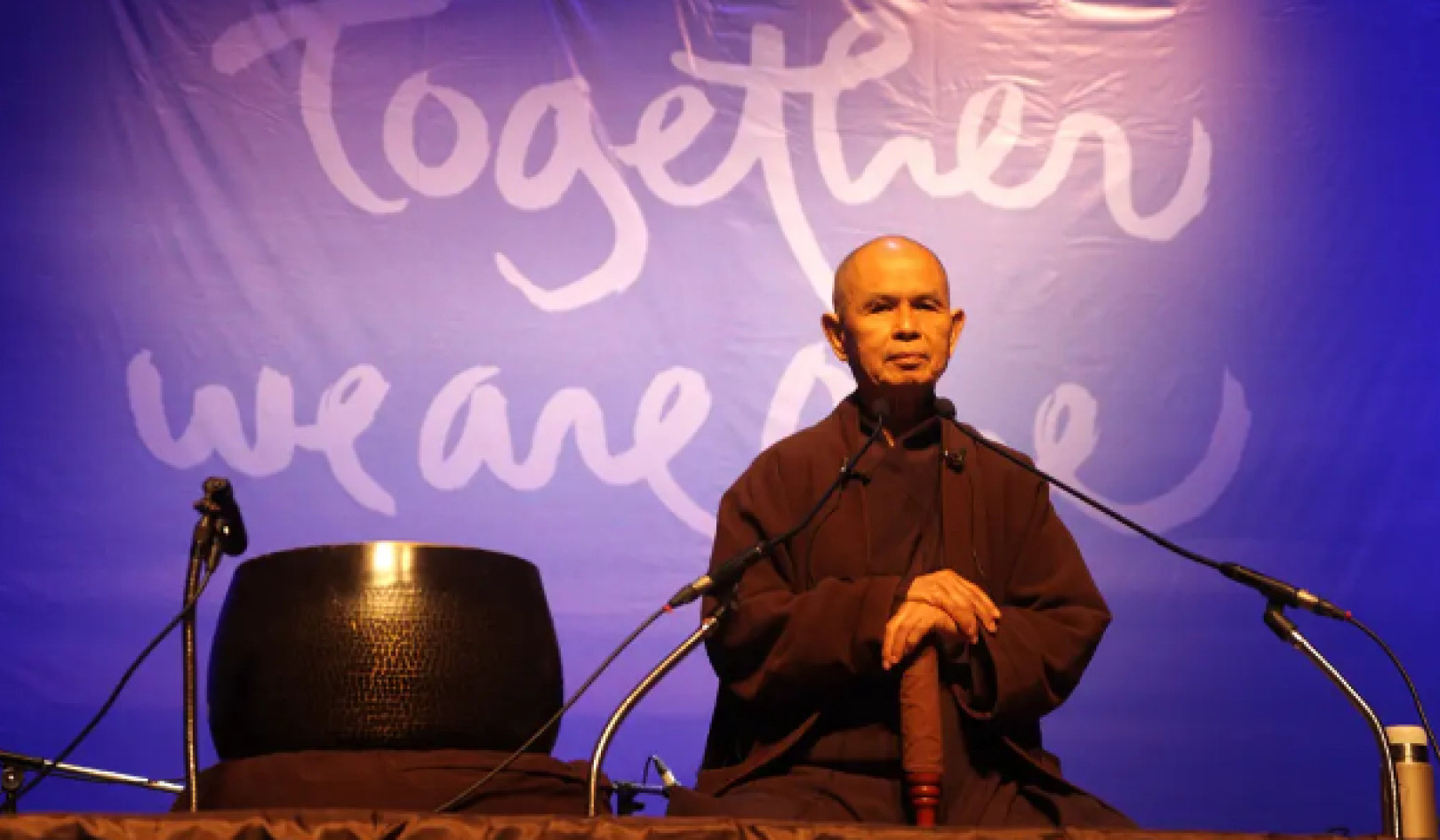
Image from Pixabay
How do you respond to a crisis? It’s obvious that the response to the COVID-19 pandemic has been dramatically different to anything provoked by repeated scientific warnings about climate change. The many organisations that declared climate emergencies throughout 2019 and 2020 have so far enacted nothing like the scale and speed of action to limit the spread of coronavirus.
While action on COVID-19 has lowered CO? emissions drastically, with flights suspended and factories closed in many parts of the world, it has also shown how damaging a rapid response can be, compared to a steady and planned transition that could have been adopted to phase out emissions decades ago.
The urgent question now is how to maintain the environmental benefits once the COVID-19 epidemic wanes, and how to learn from one crisis response in the pursuit of another.
These pictures show how China's air pollution has dropped during the coronavirus outbreak https://t.co/G7vJP2hjAk #coronavirus #covid19 pic.twitter.com/fkH1VMNWZ7
— World Economic Forum (@wef) March 10, 2020
“Our house is on fire”
In January 2020, I was asked by authors of Durham County Council’s climate action plan why the climate crisis had evoked such a muted response. Why does one crisis evoke action and another apathy? Much has been written about denial, but there are good reasons why the climate crisis seems more remote than COVID-19. The consequences have been emerging slowly (a classic case of “boiled frog syndrome”), and the effects aren’t evenly felt.
Arctic populations have been sounding the alarm for years, as have those living on low-lying Pacific islands. But those living in rich countries in Europe and North America have been able to postpone the climate issue as something belonging to the distant future. Yes, it is terrible, but it seems both too big, and too remote to deal with. As floods and wildfires close in, responses have started to change, but only slowly and sporadically.
A pandemic in these same countries very much belongs to the here and now. Infections spread in days and weeks, not years and decades, and this time difference shocks people into action.
In a situation of immediate life or death, most of us will take action to reduce our risk if we are offered a choice. Climate change, on the other hand, may well bring about just as many deaths or more, but responses have not been sanctioned so quickly. People act on the immediate demands of the near future – or believe in ultimate salvation, even while the medium-term threats are inordinately greater.
As flights are cancelled and significant numbers of people work from home, there’s less travel, and so fewer CO? emissions. Is it possible to ensure that some things don’t go back to the way they were?
Locking in long-term change
Social science research shows us that how we travel, how we use energy and how we expect to live are not merely questions of personal choice. When families go on holiday, they instil expectations in their children about how to live well, how to put up with discomfort in the hope of future pleasure, and how to talk about holidays once they get home again.
In the same way, what we define as home comforts changes over time, and they vary between homes. No Victorian ever expected to lounge around on a sofa in a T-shirt in the middle of winter. How we imagine our future changes, and we plan accordingly. So it’s not just about making better choices, but having better options to choose from.
Without the traffic of ships and ferries, dolphins have reappeared.
Sardinia, Italy ?????????????? pic.twitter.com/9HrpyDJnAU— Rex Chapman???????? (@RexChapman) March 18, 2020
As people realise that remote working can be effective for some, and that leisure can be fun at home too, now is the time for governments and businesses to write policies that nurture these tendencies – like high-quality public broadband, and taxes on aeroplane fuel.
States seem to be recovering their old confidence to take decisive action in light of the virus. The shock of seeing governments like those in the US and UK – which have tended to entrust planning to markets and private enterprise during the last 40 years – contemplate universal basic income to protect workers should give hope to environmentalists with a new vision of what’s possible. Once COVID-19 subsides, we could all apply pressure to ensure governments throw their weight behind a similarly ambitious response to climate change.
It’s phenomenally important for people to return to social life after “social distancing” ends, but we can do that based on new priorities – socialising and enjoying arts and music locally or through livestreams, and letting go of 20th century visions of the future based on unlimited growth, unlimited travel, and unlimited consumption.
Levels of nitrogen dioxide pollution fell drastically in parts of Italy — a direct result of the country closing due to #COVID19 . Venetians say the water hasn't been this clear in 60 years. Air quality and pollution continues to clear. Some refreshing positive news for your TL???? pic.twitter.com/PxOAFV8ajd
— ? ? ? ???? (@finessabae) March 17, 2020
If governments bail out travel companies in the way they bailed out banks in 2008 and 2009, then all the forces to promote travel will return and expectations are likely to go back to pre-coronavirus standards, as the behaviour of banks after the crash demonstrates.
But if investments are shifted to low-carbon alternatives and industries are forced to change shape, we might see a change in public expectations too. It’s during moments of crisis that what is possible starts to shift – everything is up in the air, and we have a moment to reconfigure things before they fall back into place. Studies have shown how discoveries and developments are not smooth and even, but come in bursts and lulls, and broad consensus in a society can suddenly change, in what philosopher Thomas Kuhn called “paradigm shifts”.
Maybe, just maybe, the pandemic will give us a new perspective on what a crisis is. While everything is up in the air, there is time to rethink.
About the Author
Simone Abram, Professor in the Dept of Anthropology, Co-Director of Durham Energy Institute, Durham University
This article is republished from The Conversation under a Creative Commons license. Read the original article.
Related Books
Climate Adaptation Finance and Investment in California
by Jesse M. Keenan This book serves as a guide for local governments and private enterprises as they navigate the unchartered waters of investing in climate change adaptation and resilience. This book serves not only as a resource guide for identifying potential funding sources but also as a roadmap for asset management and public finance processes. It highlights practical synergies between funding mechanisms, as well as the conflicts that may arise between varying interests and strategies. While the main focus of this work is on the State of California, this book offers broader insights for how states, local governments and private enterprises can take those critical first steps in investing in society’s collective adaptation to climate change. Available On Amazon
This book serves as a guide for local governments and private enterprises as they navigate the unchartered waters of investing in climate change adaptation and resilience. This book serves not only as a resource guide for identifying potential funding sources but also as a roadmap for asset management and public finance processes. It highlights practical synergies between funding mechanisms, as well as the conflicts that may arise between varying interests and strategies. While the main focus of this work is on the State of California, this book offers broader insights for how states, local governments and private enterprises can take those critical first steps in investing in society’s collective adaptation to climate change. Available On Amazon
Nature-Based Solutions to Climate Change Adaptation in Urban Areas: Linkages between Science, Policy and Practice
by Nadja Kabisch, Horst Korn, Jutta Stadler, Aletta Bonn This open access book brings together research findings and experiences from science, policy and practice to highlight and debate the importance of nature-based solutions to climate change adaptation in urban areas. Emphasis is given to the potential of nature-based approaches to create multiple-benefits for society.
This open access book brings together research findings and experiences from science, policy and practice to highlight and debate the importance of nature-based solutions to climate change adaptation in urban areas. Emphasis is given to the potential of nature-based approaches to create multiple-benefits for society.
The expert contributions present recommendations for creating synergies between ongoing policy processes, scientific programmes and practical implementation of climate change and nature conservation measures in global urban areas. Available On Amazon
A Critical Approach to Climate Change Adaptation: Discourses, Policies and Practices
by Silja Klepp, Libertad Chavez-Rodriguez This edited volume brings together critical research on climate change adaptation discourses, policies, and practices from a multi-disciplinary perspective. Drawing on examples from countries including Colombia, Mexico, Canada, Germany, Russia, Tanzania, Indonesia, and the Pacific Islands, the chapters describe how adaptation measures are interpreted, transformed, and implemented at grassroots level and how these measures are changing or interfering with power relations, legal pluralismm and local (ecological) knowledge. As a whole, the book challenges established perspectives of climate change adaptation by taking into account issues of cultural diversity, environmental justicem and human rights, as well as feminist or intersectional approaches. This innovative approach allows for analyses of the new configurations of knowledge and power that are evolving in the name of climate change adaptation. Available On Amazon
This edited volume brings together critical research on climate change adaptation discourses, policies, and practices from a multi-disciplinary perspective. Drawing on examples from countries including Colombia, Mexico, Canada, Germany, Russia, Tanzania, Indonesia, and the Pacific Islands, the chapters describe how adaptation measures are interpreted, transformed, and implemented at grassroots level and how these measures are changing or interfering with power relations, legal pluralismm and local (ecological) knowledge. As a whole, the book challenges established perspectives of climate change adaptation by taking into account issues of cultural diversity, environmental justicem and human rights, as well as feminist or intersectional approaches. This innovative approach allows for analyses of the new configurations of knowledge and power that are evolving in the name of climate change adaptation. Available On Amazon
From The Publisher:
Purchases on Amazon go to defray the cost of bringing you InnerSelf.comelf.com, MightyNatural.com, and ClimateImpactNews.com at no cost and without advertisers that track your browsing habits. Even if you click on a link but don't buy these selected products, anything else you buy in that same visit on Amazon pays us a small commission. There is no additional cost to you, so please contribute to the effort. You can also use this link to use to Amazon at any time so you can help support our efforts.
























